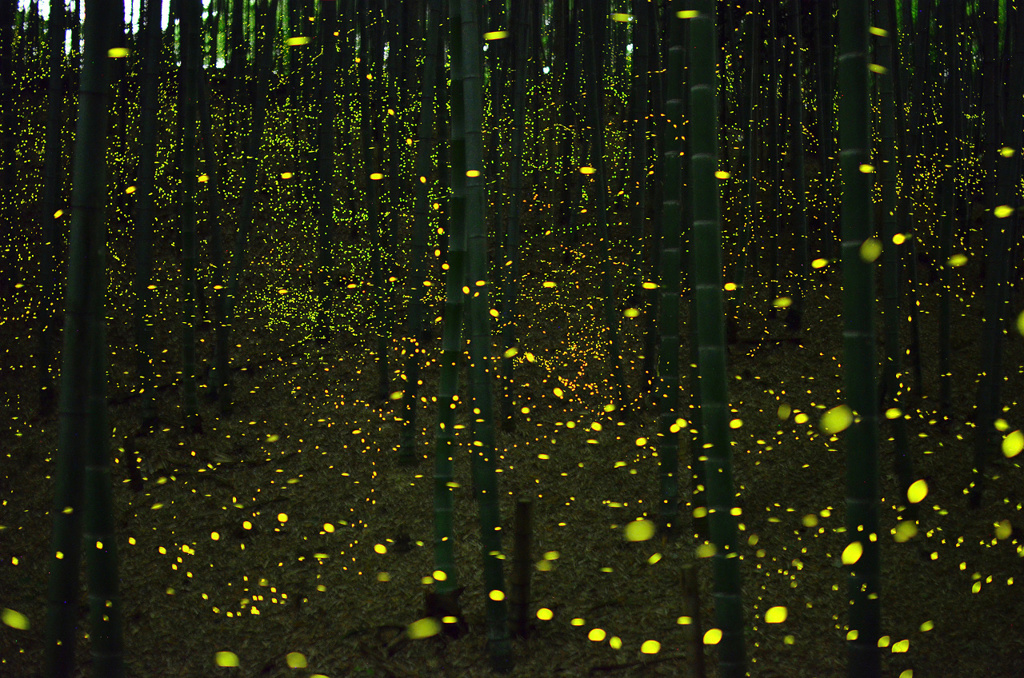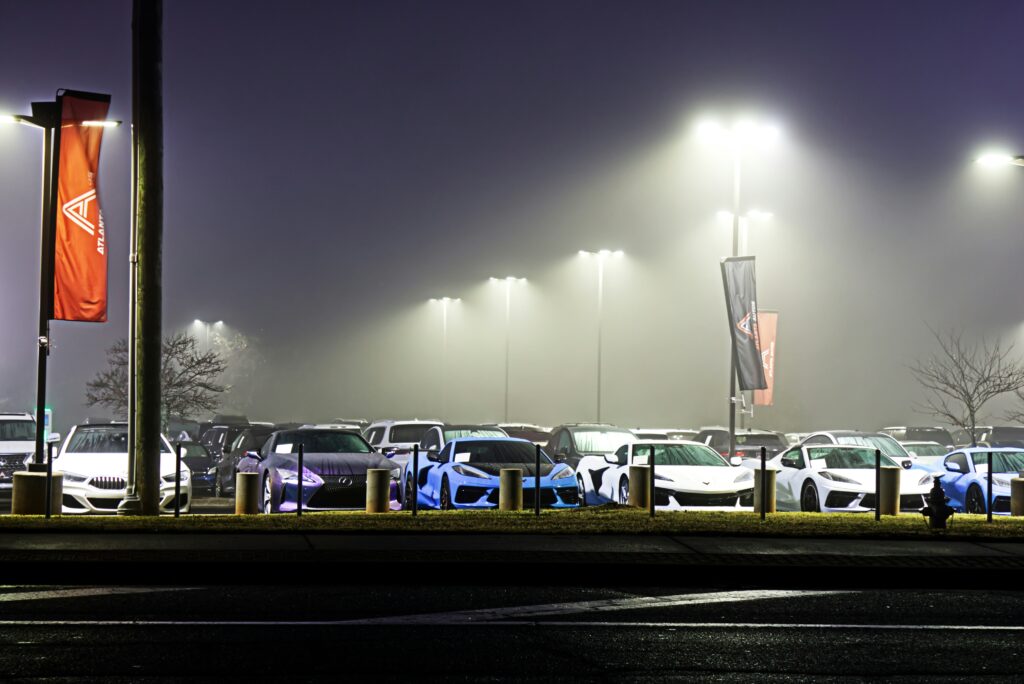Ode to Less (Electric) Light
This thought-provoking book reveals how artificial light disrupts the natural world and urges us to protect the night.
The Darkness Manifesto

Johan Eklöf. New York: Scribner, 2022, 252 pages. $18.00
Translated from the Swedish edition by Elizabeth DeNoma.
Humans have approximately six million cones in their macula, the central part of their retina. These cone cells only capture the three primary colours: red, green, and yellow, that merge and melt together to form all the variations of colours of the rainbow. That’s all we see. Black is not a colour. It’s not in the rainbow. We only see the rainbow. Humans think this is magical.
[Look out for a new colour called ‘olo’ that is a laser-induced bluish-green.]
Birds have a fourth cone that allows them to see ultraviolet light that is prevalent in the dark. Humans don’t like the dark, they suffer from nyctophobia – fear of the dark. Birds and insects thrive in the dark; they relish the darkness. We only live for the light; they live more in the dark. Mantis shrimp have 16 cones. Humans cannot comprehend what it means to see with 16 cones.
Humans have rhodopsin, which means ‘violet sight’ in Greek. Rhodopsin is a light-sensitive protein found in the rods of the retina. The G-protein coupled receptor is the main photoreceptor molecule that allows us to see (something or anything) in dim light. Humans have about 120 million rods in their retina, but our rhodopsin is not that great. We need light.
When the morning daylight begins, our rhodopsin is awakened and we pull the covers over our heads to sleep in some more. This is the circadian rhythm doing its thing: time to wake up, time to go to sleep with the brightening and dimming of the light. Animals and insects all live by this circadian rhythm, so when unnatural light comes along, everything goes off.
This is Johan Eklöf’s mission: to enlighten us humans that our world consists of other creatures out there that are being affected by the relentless quest for more and more light.
Electrification galore, everywhere and anywhere possible is a sign of progress, modernity, development, access, and prosperity, but at what cost for others inhabiting this planet?
Electricity is an incredible invention, no doubt about that, but here is the flip side for some other bugs and insects out there: moths have an incredible sense of smell through their antennas and via pheromones released, they can find each other in the dark, but they are also attracted to light because they think it is a shiny flower in the dark, and flowers are food for moths.
Moths will flutter straight into a shimmering waterfall releasing scintillating droplets of water because they think it might be a field of flowers – just as they were reported to be doing by the bunches at a waterfall in Iceland’s Skjalfandafljot River in the 1800s. Humans in the United States place electric lights on their porches for moths to get zapped, popped, and singed. That’s just cruel.
Grasshoppers and locusts also navigate by ultraviolet light at night to find flowers in the moonlight. In July 2019, the Luxor Sky Beam in Las Vegas attracted hordes of locusts that swarmed to the ridiculous shaft of light that could be seen 45 miles away. The giant grasshoppers plunged to their death and sizzled on the hot panes of the reflecting panels. Albeit unintended, it was a massacre.
The light beam magnet technology/unintended tactic of decimating insects is called the “vacuum cleaner effect.” Grasshoppers usually migrate by night. You’ve certainly heard the chirping of cicadas in the evening. Well, that’s them getting ready to go eat somewhere. Eklöf: “On a larger scale, cities attract insects from rural areas, which leads to changes in the entire ecosystem.” (p.20)

If you are a male firefly, you will be attracted to female fireflies with the most seductive beeping bioluminescence: the dance is on when you find the lady with the best beat that matches your jibe. If there are electric lights around, forget it, you are out of luck, and out of a mate. No mate, no progeny. Hence the diminishing numbers of those magical floating twinkling lights.
If you are a glowworm, you will be beeping a greenish light (fireflies have a more yellowish light), but the story is the same: as males do, they will go to all lengths to chase a female, so “they may also fly to other lights shining from afar, in the hope of finding a large colony of females. The males may fly far away only to discover that they’ve been deceived by lights from windows, cars, or streetlamps.” (p.67)
Eklof is not calling for a return to the age of darkness but rather for us to be smarter about how we use electric light.
And the examples abound in this original book which is well structured in short chapters full of such anecdotes. Eklof is not calling for a return to the age of darkness but rather for us to be smarter about how we use electric light. We need insects and bats and owls and birds to maintain the equilibrium of our natural ecosystems.

Do we really need to have floodlights illuminating vacant parking lots all night? Or security lights around factories, warehouses, building compounds, and other infrastructure? Why not start using sensors more to detect the movement of larger beings than insects? We would decrease our electricity bills, waste less energy, and help bring back the natural darkness of night.
